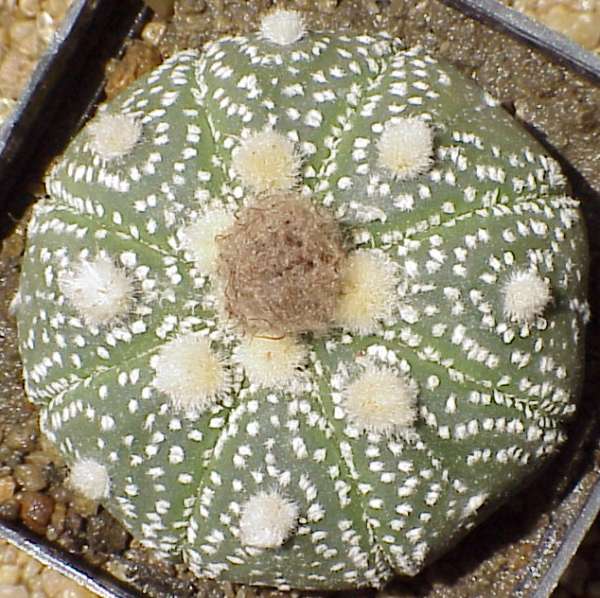Growing sunflower can be a fun activitiy for adult and kid. Moreover, you can cut flower as for your house decoration or harvest its seed.

Preparing the seeds
It's a good idea to prepare the seeds before planting. It can ensure that you will not waste all seeds.
Cover the seeds in the tissue or towel paper and damp the paper with paper. Leave the seeds in the wet towel paper for 4-5 days BUT you should check every day that the paper are damp. If not, you should spray water to the paper. If the seeds begin to sprout, it means that the seeds are ready to be put into the soil.
Soil Condition
Sunflower plants are like any other plant. The better the soil the more heartier and robust the plant but sunflower are tolerant of heat and drought. The sunflowers like a soil that drains well and contains a lot of mulch. About two weeks before planting, you should mix a bit of steer manure into the soil.
Sunlight
The minimum sunlight is 6hrs a day to grow healthy plants. However, full sun is suggested for the better part of the day to grow strong healthy sunflowers.






